Education News
Remote Learning from Home

Education News
Remote Learning from Home
Congratulations to everyone for a fantastic Term 3 of Remote Learning at home. The engagement has been high and many students have completed most if not all of the assigned Seesaw activities. Some fantastic work has been completed and great learning has occurred. Now that the holidays have arrived please take time to get out in the sunshine and relax over the break.
106,210 Posts Added | 67,400 Comments Made on Student Work | 55,630 Likes of Student Work | 25,435 Visits by Family Members |
The Senior School took part in a 3D Modelling and Design course. They participated in two Tinkercad sessions where they learned to make three-dimensional models and even to put holes through their models. They learnt about designing projects, including joining square and spherical objects, engraving and protruding text and cutting holes. The students thoroughly enjoyed exploring the program and some built amazing constructions which will be printed and mailed to the school. Thanks so much to the team from Quantum Victoria who delivered these sessions to our school at no cost.
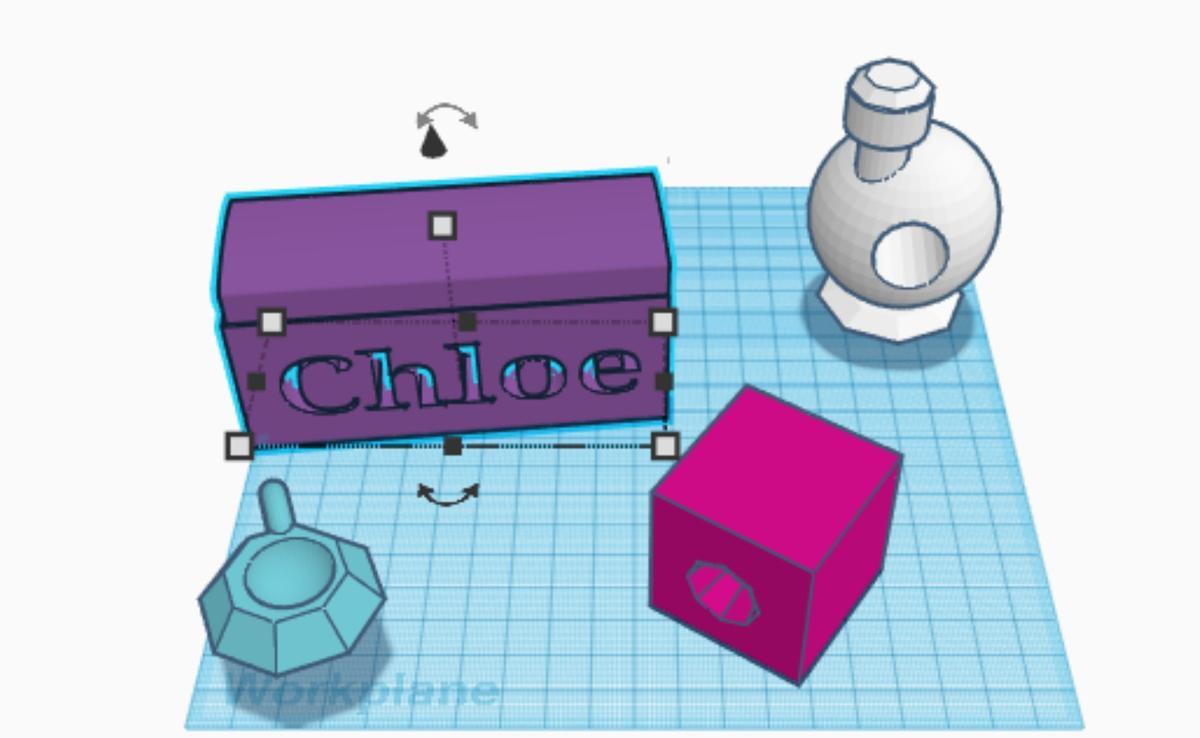
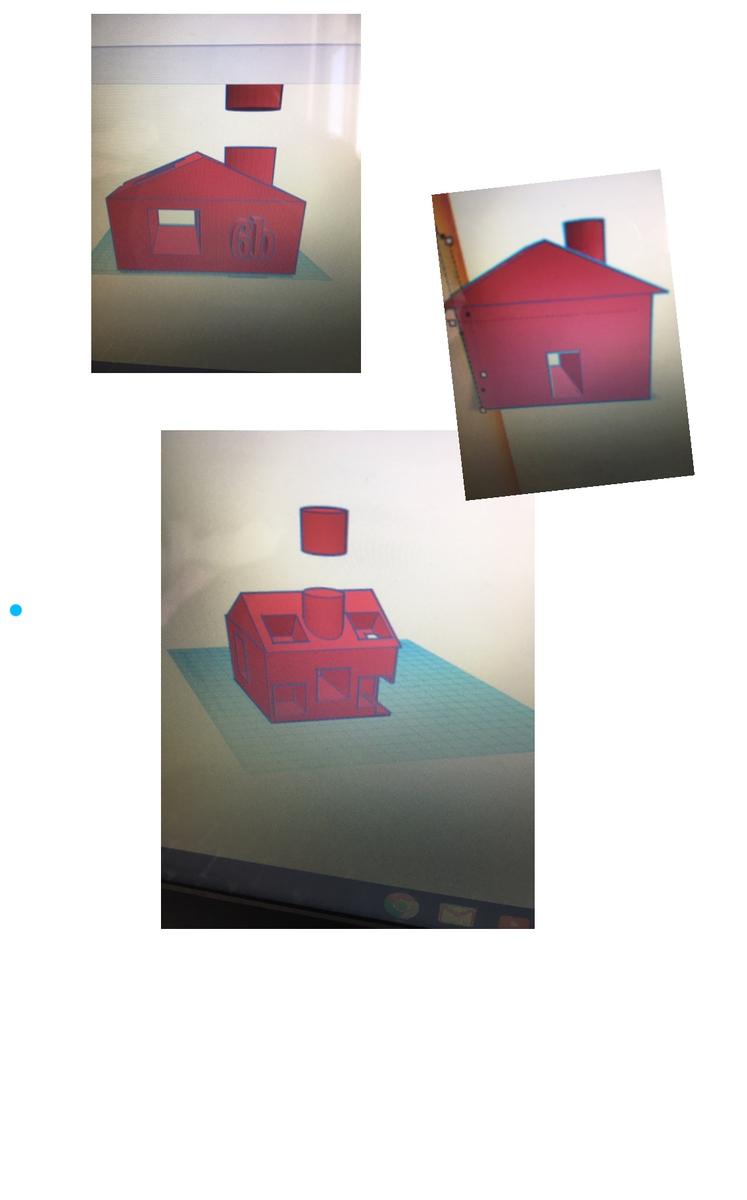
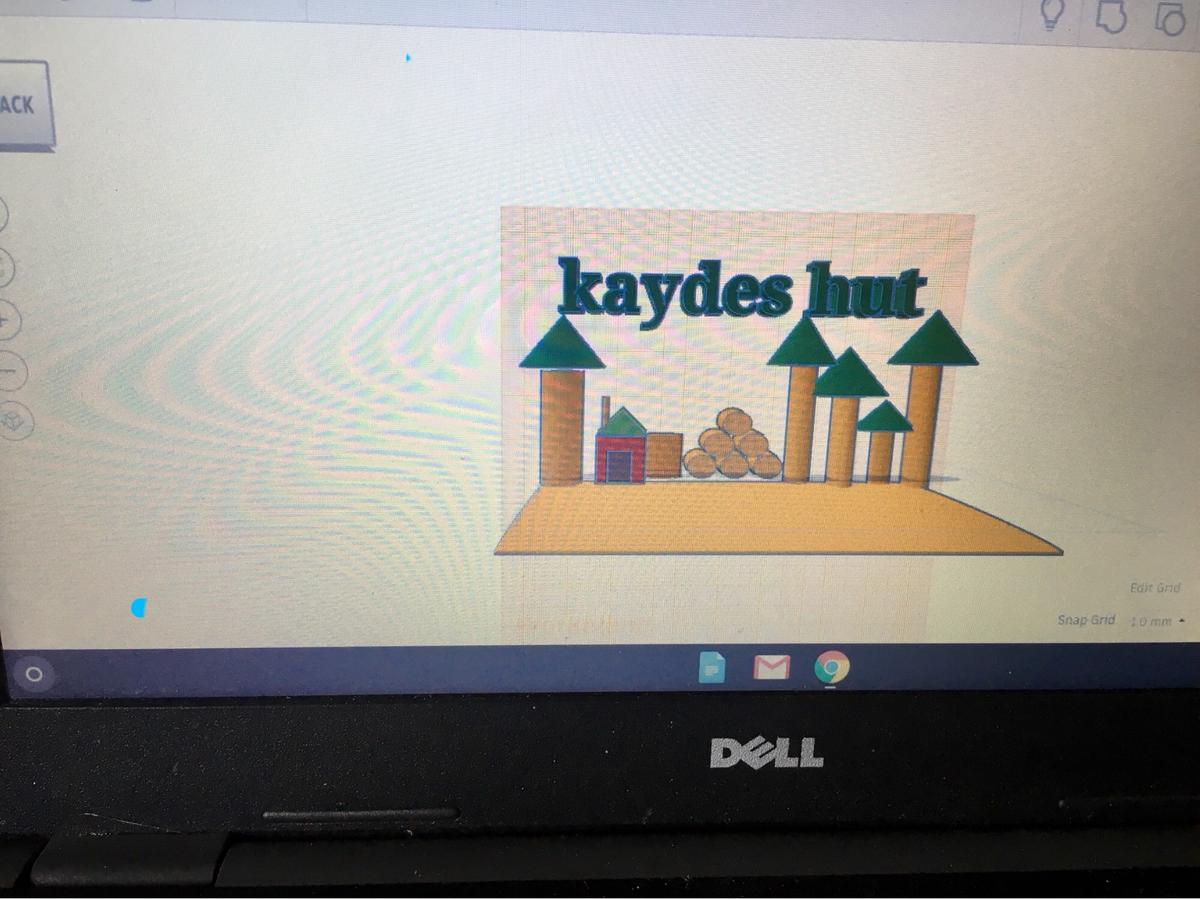
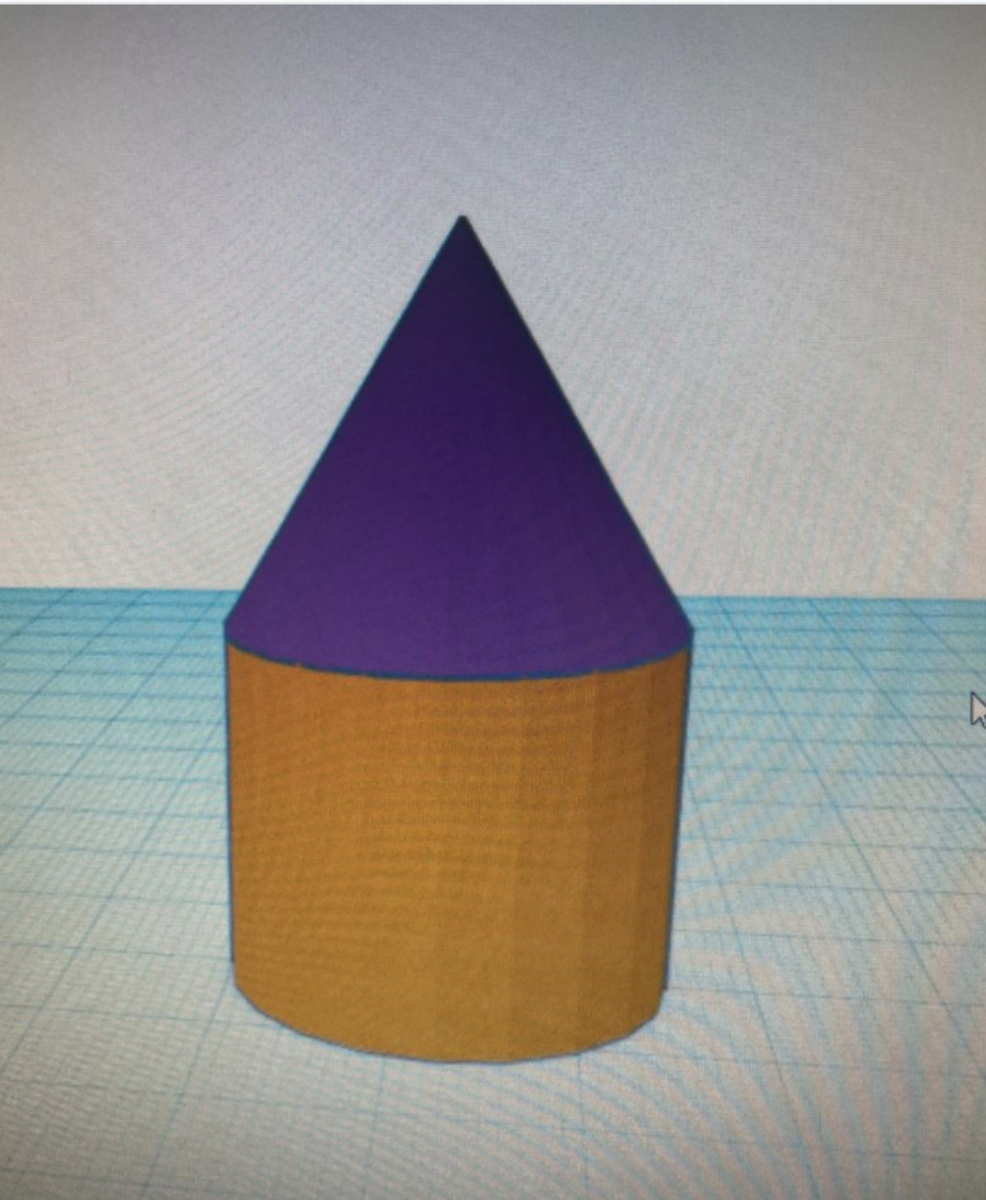
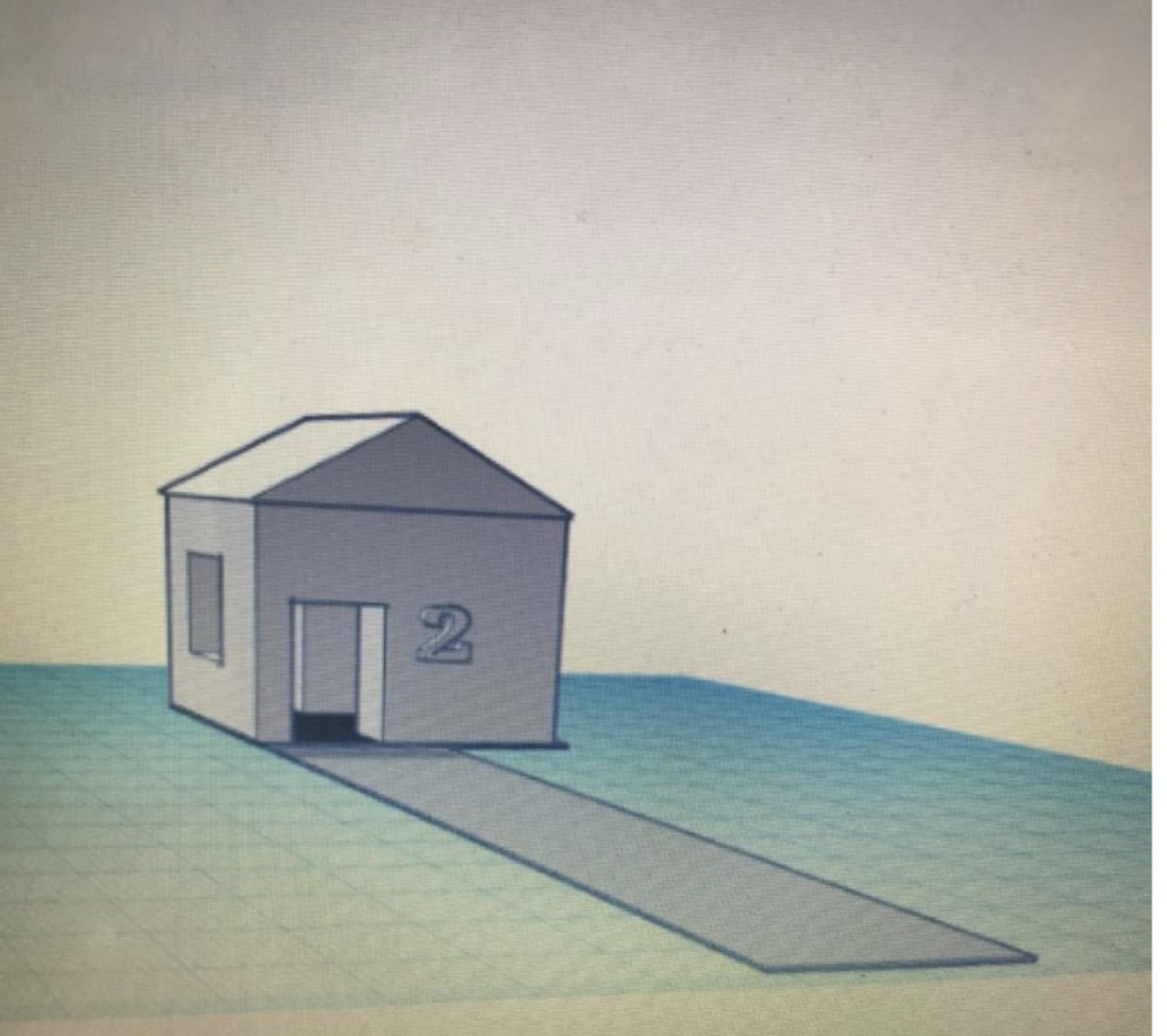
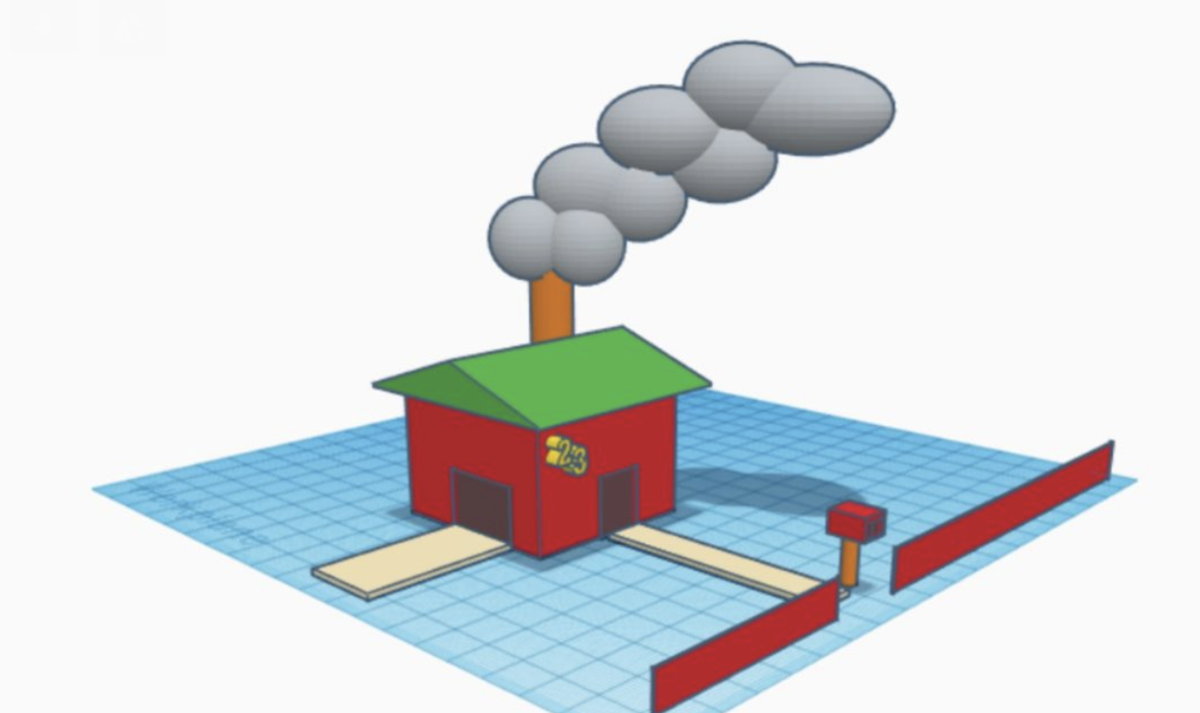

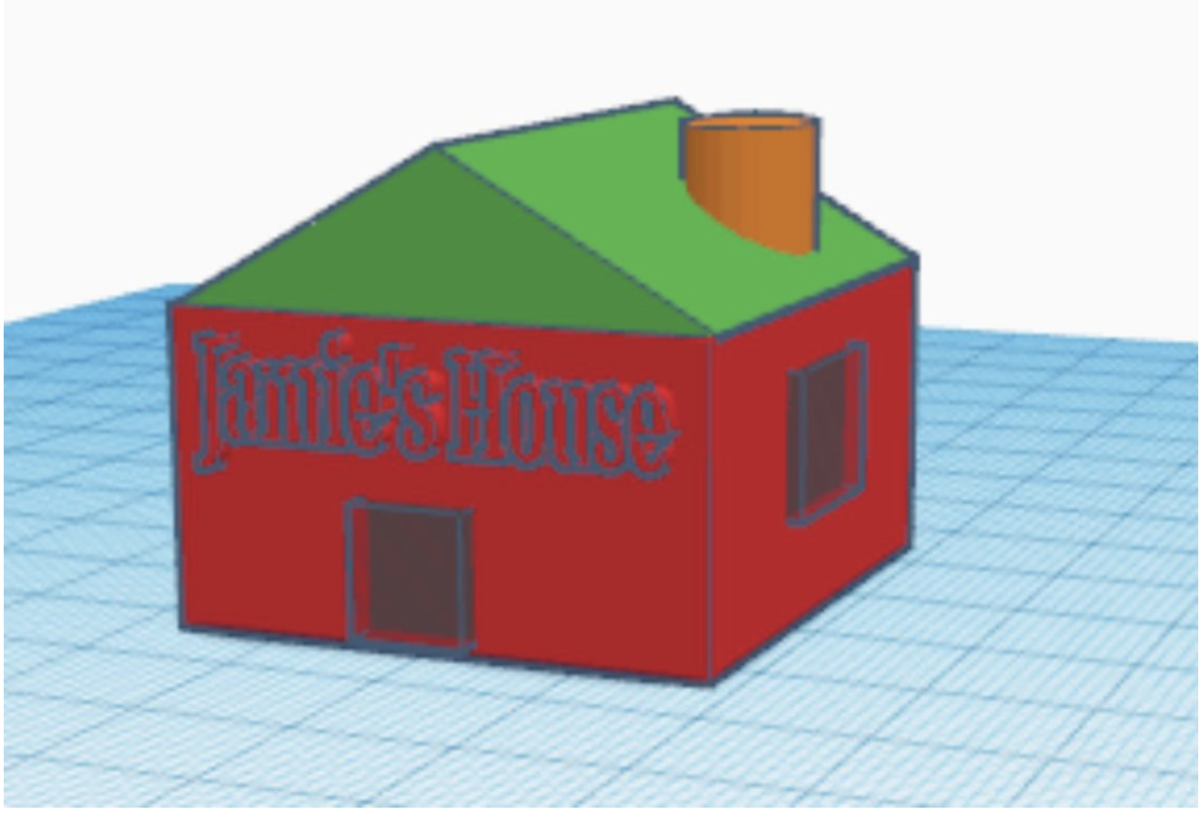

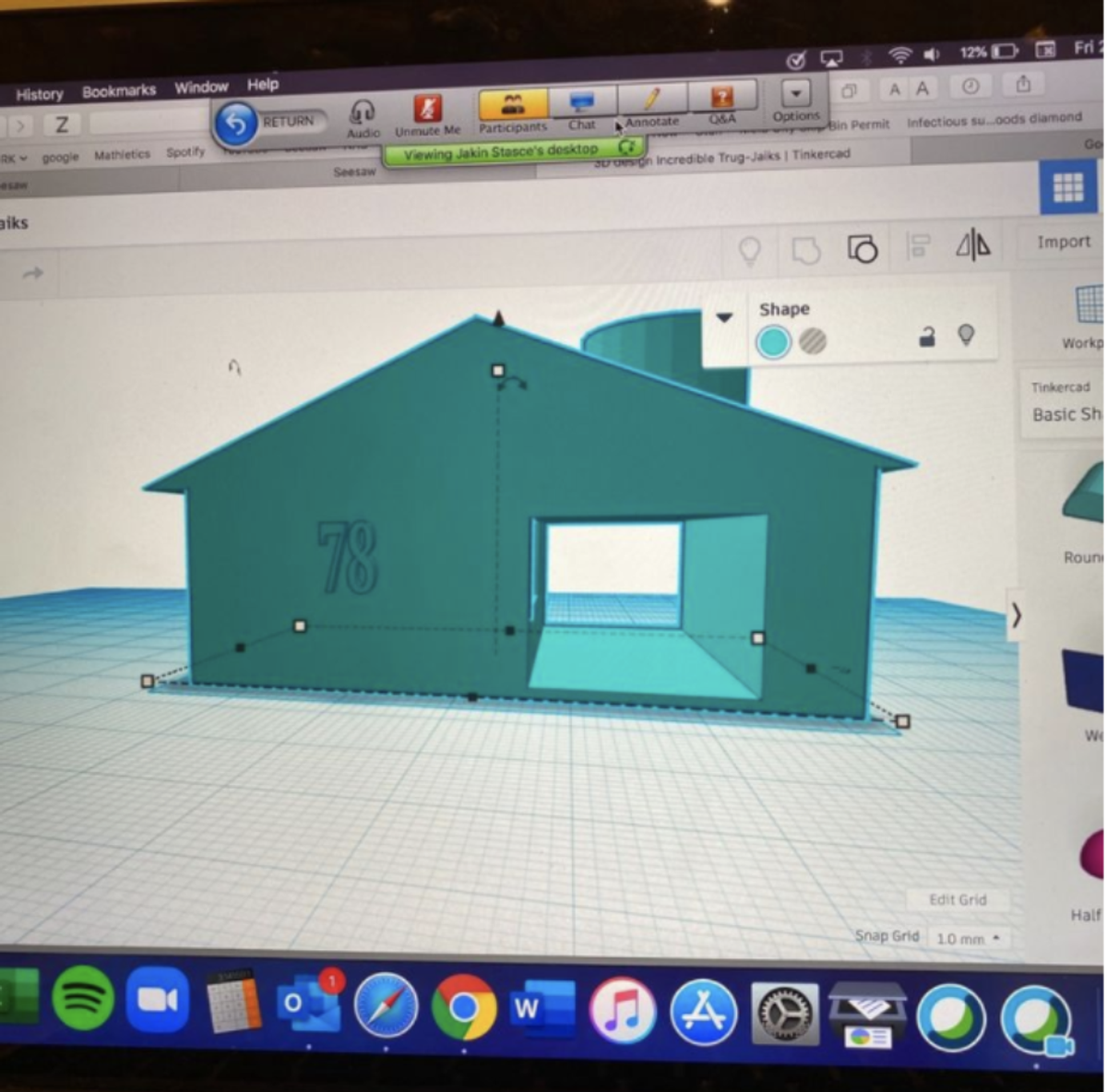










Maths Quests are designed to change the way students feel about mathematics AND change the way we teach mathematics. A maths quest is open ended problem solving questions designed with no right or wrong answer. These questions encourage discussions and questioning. Families have been getting involved with lots of discussion about Mathematics and what they are thinking.
Junior school Maths quest has looked at:
How many different towers can you build with 20 bricks (W8) and writing subtraction number sentences with an answer of 5 (W9).
Foundations have also been focusing on learning subtraction with manipulatives including playdoh, lego mini-figures, number lines and sharks!
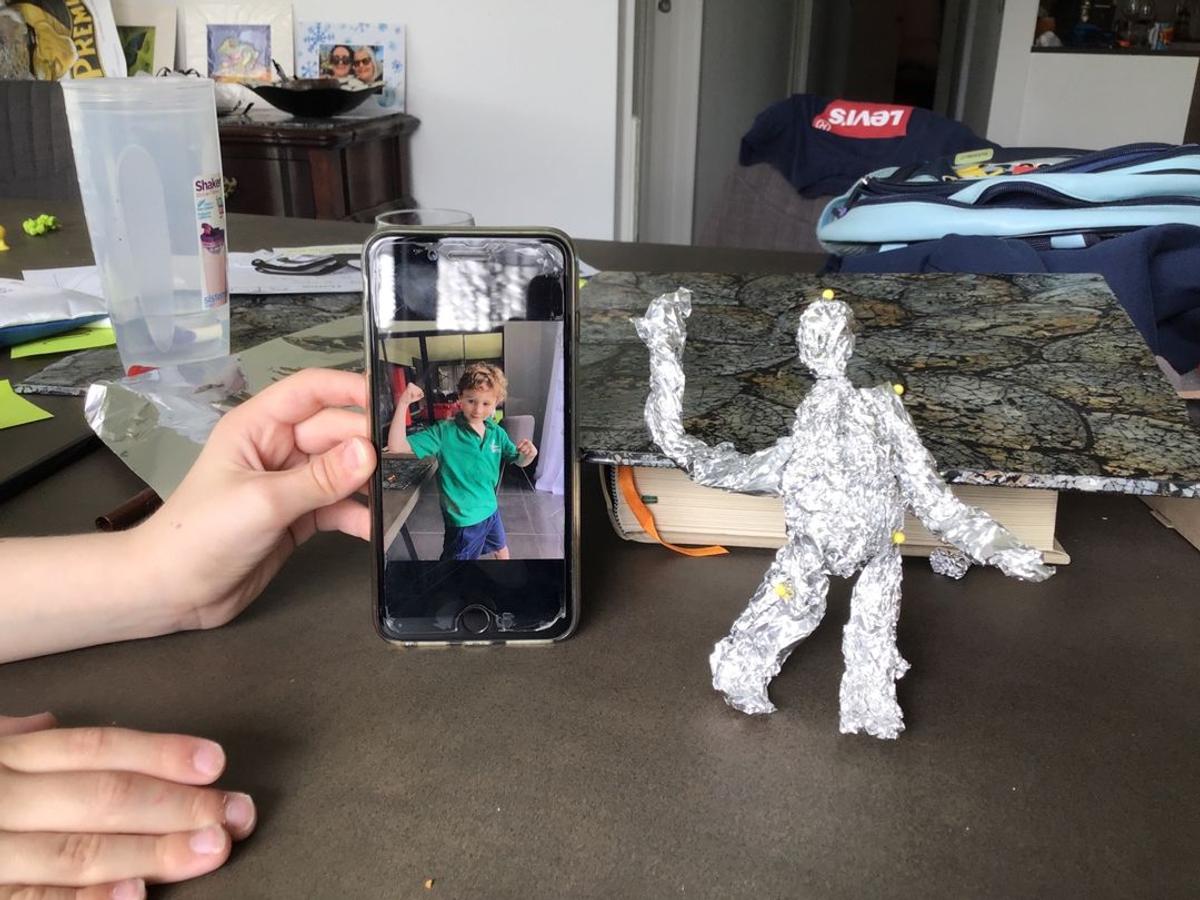
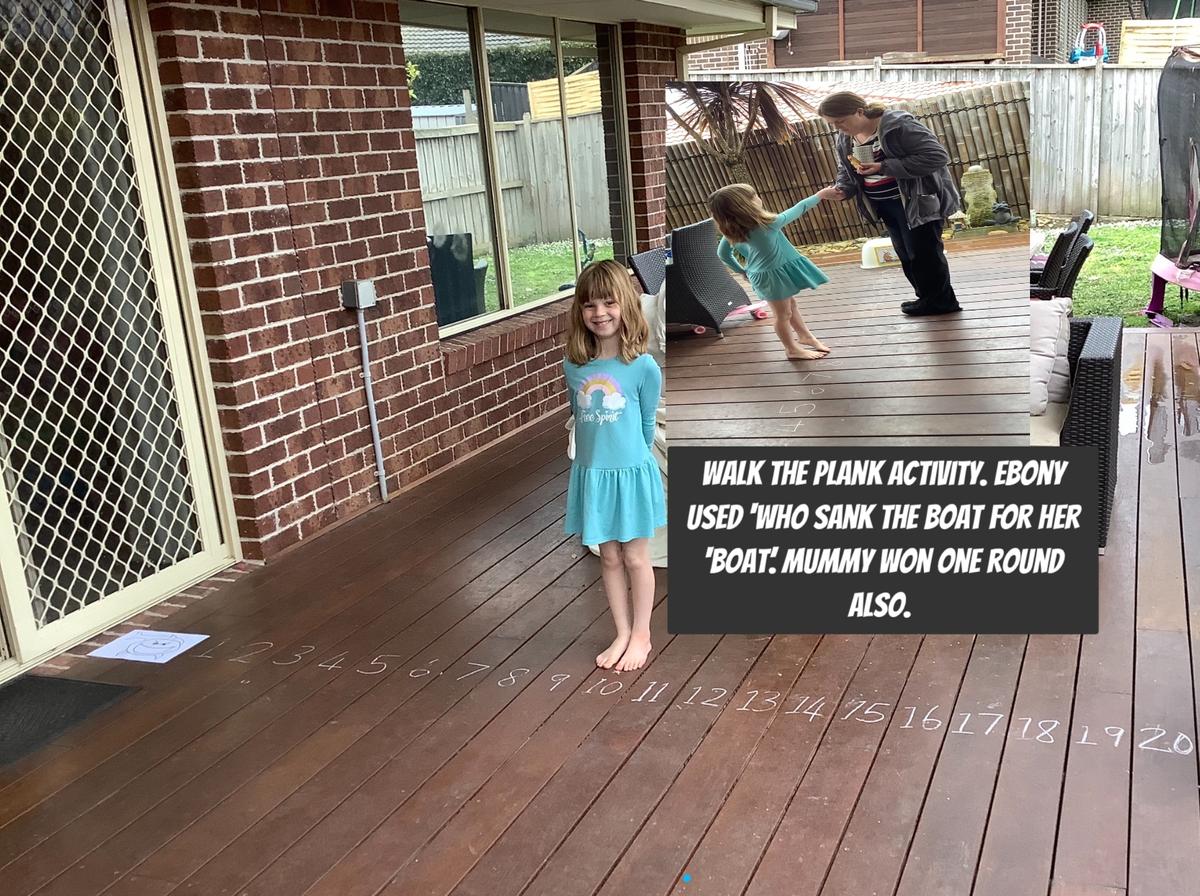
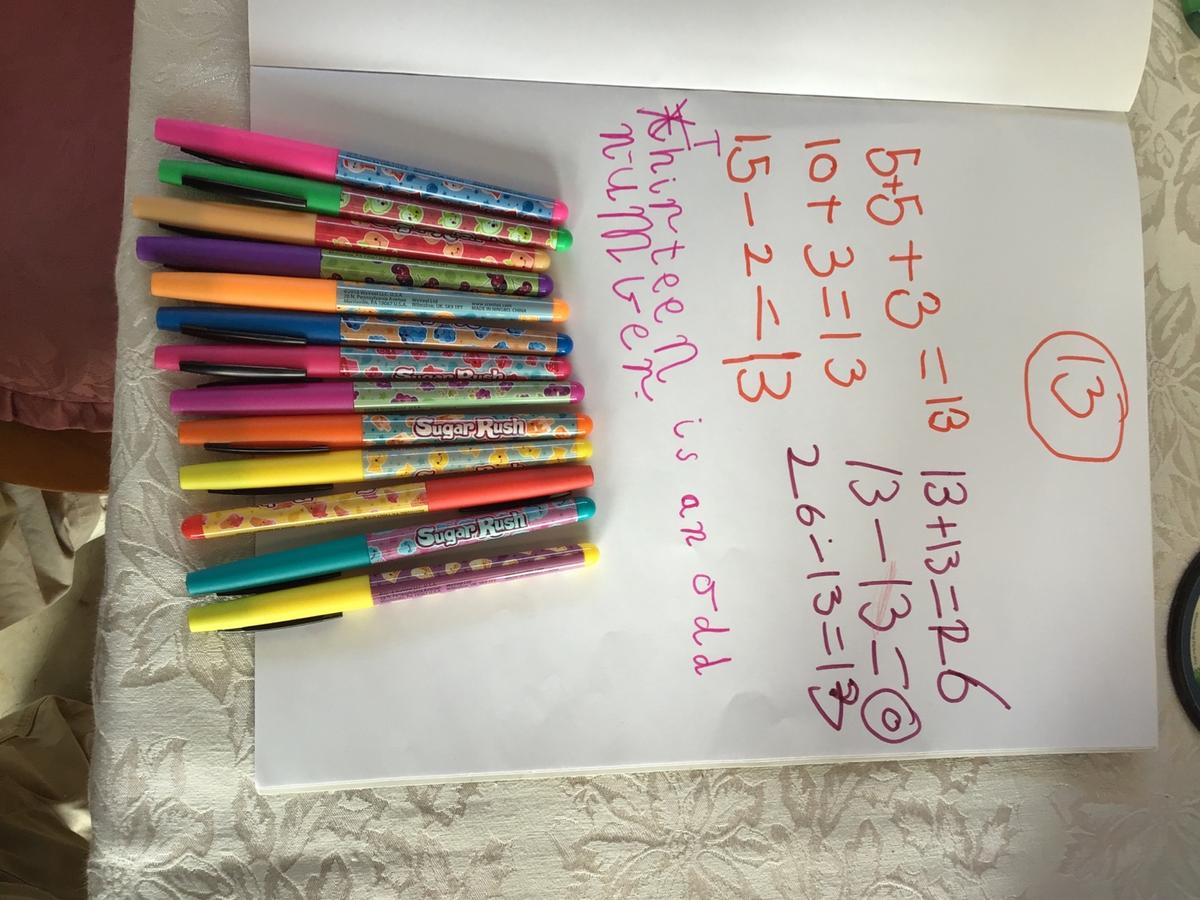
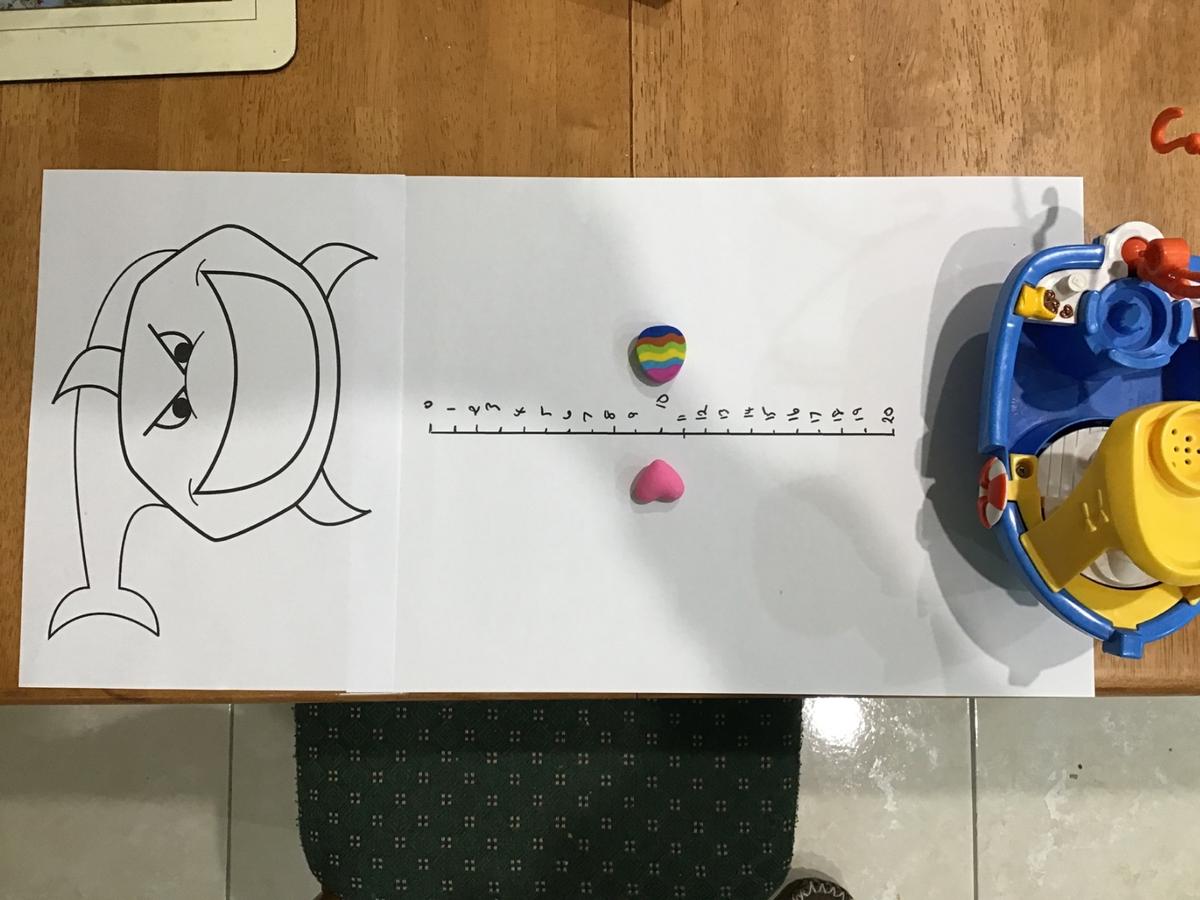
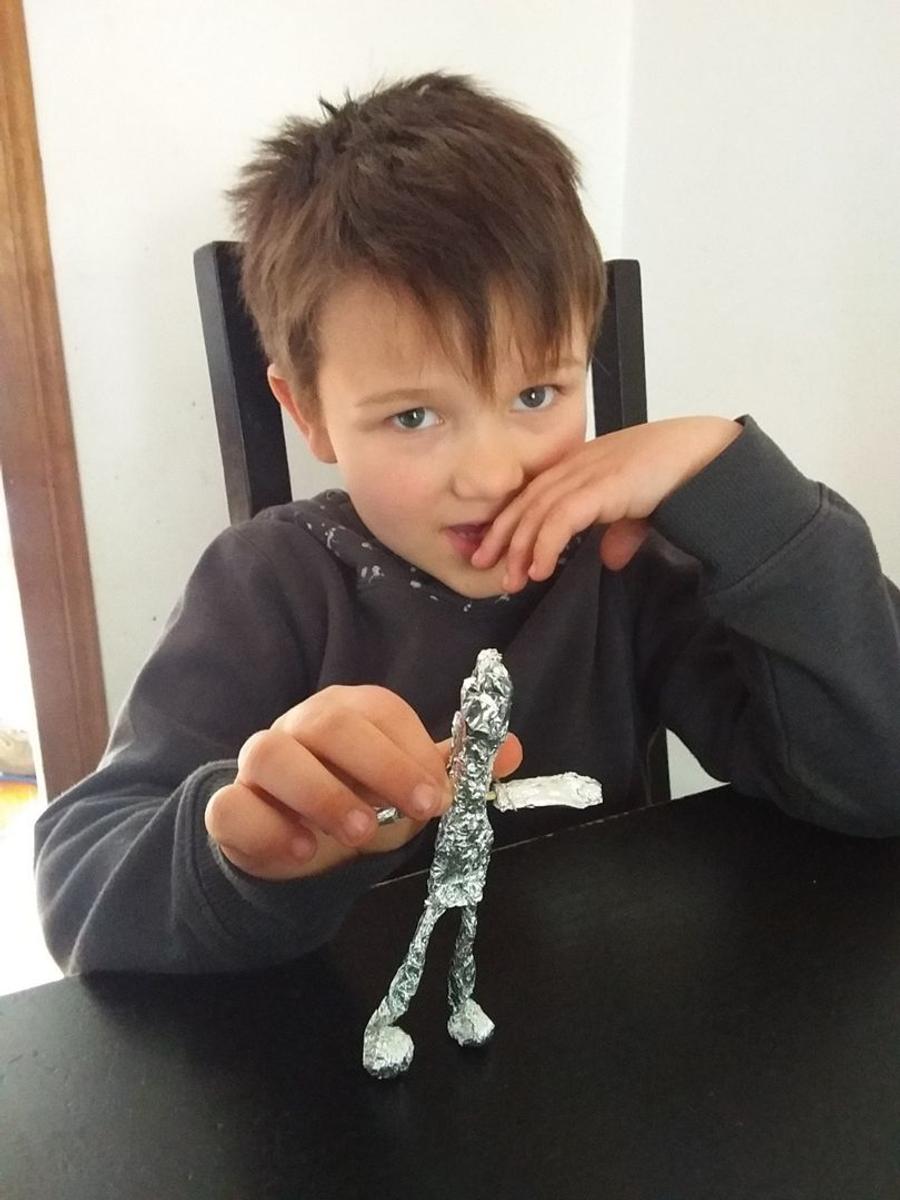
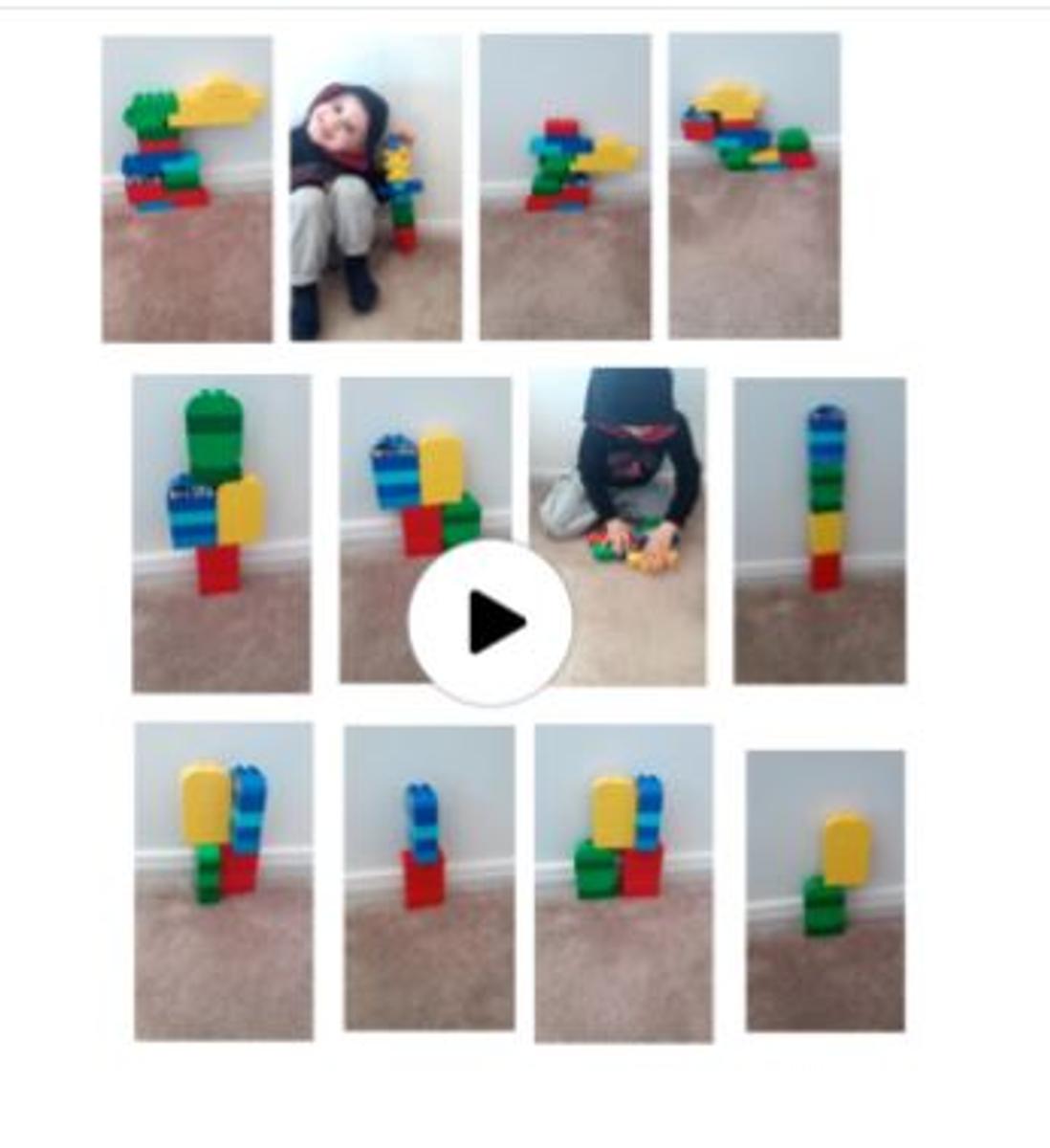
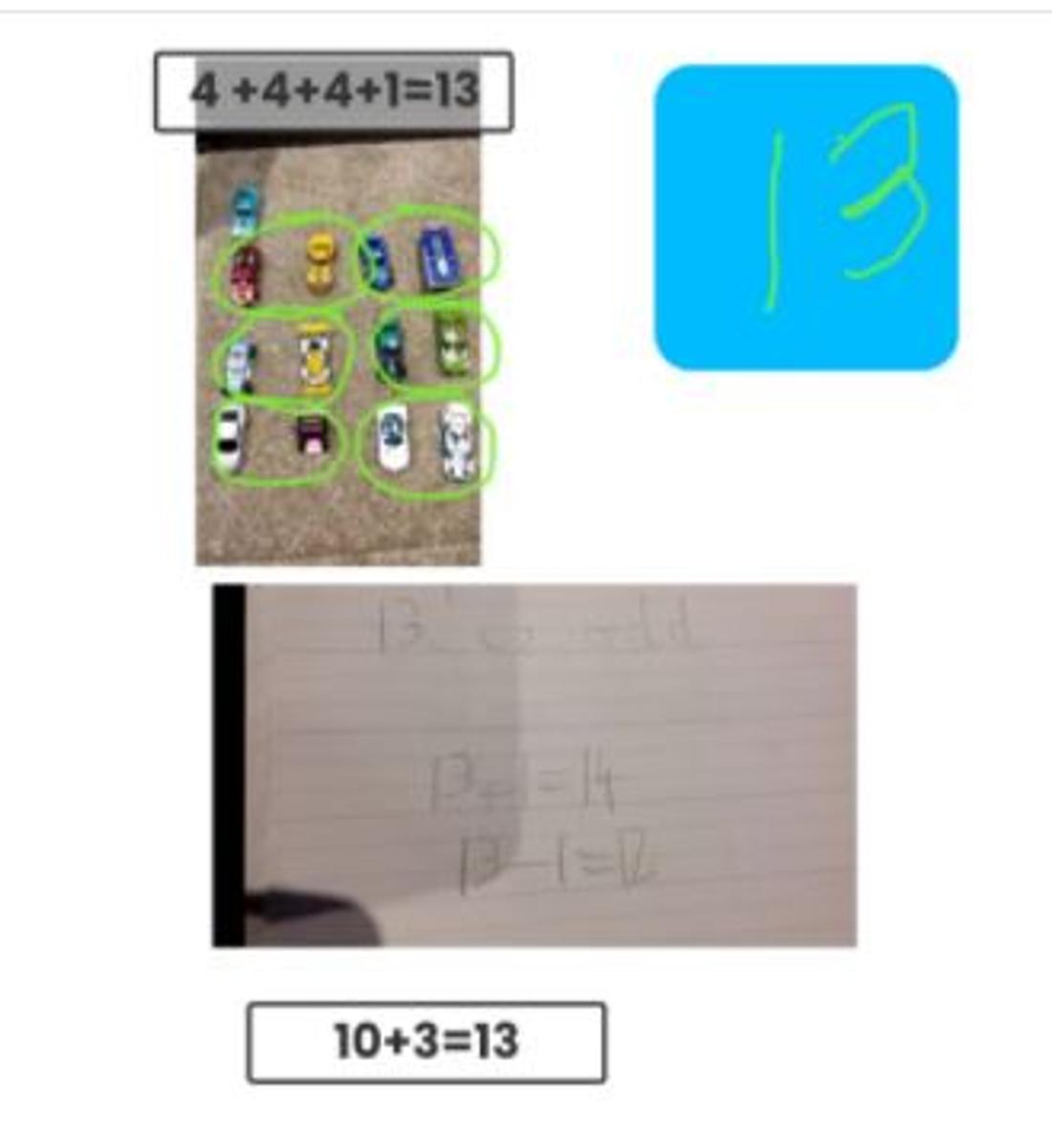
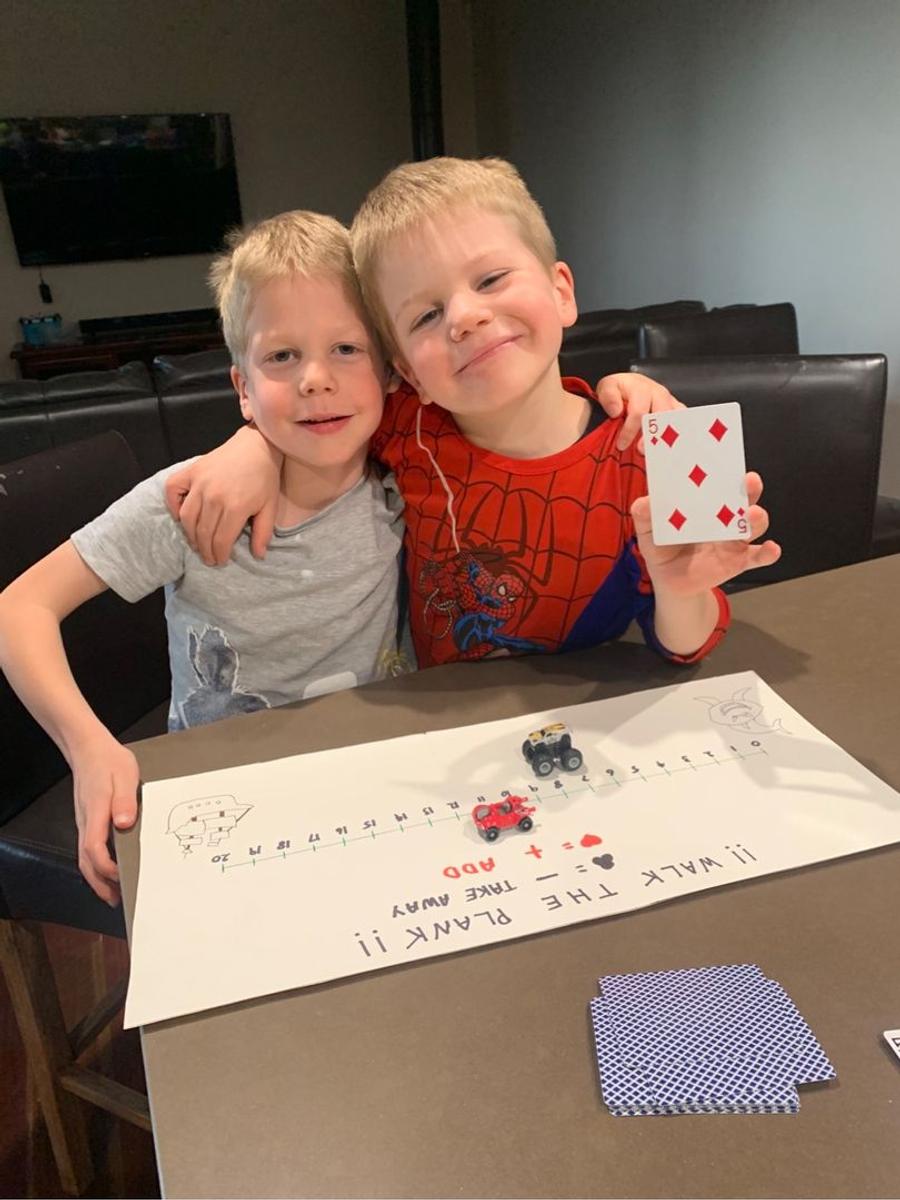
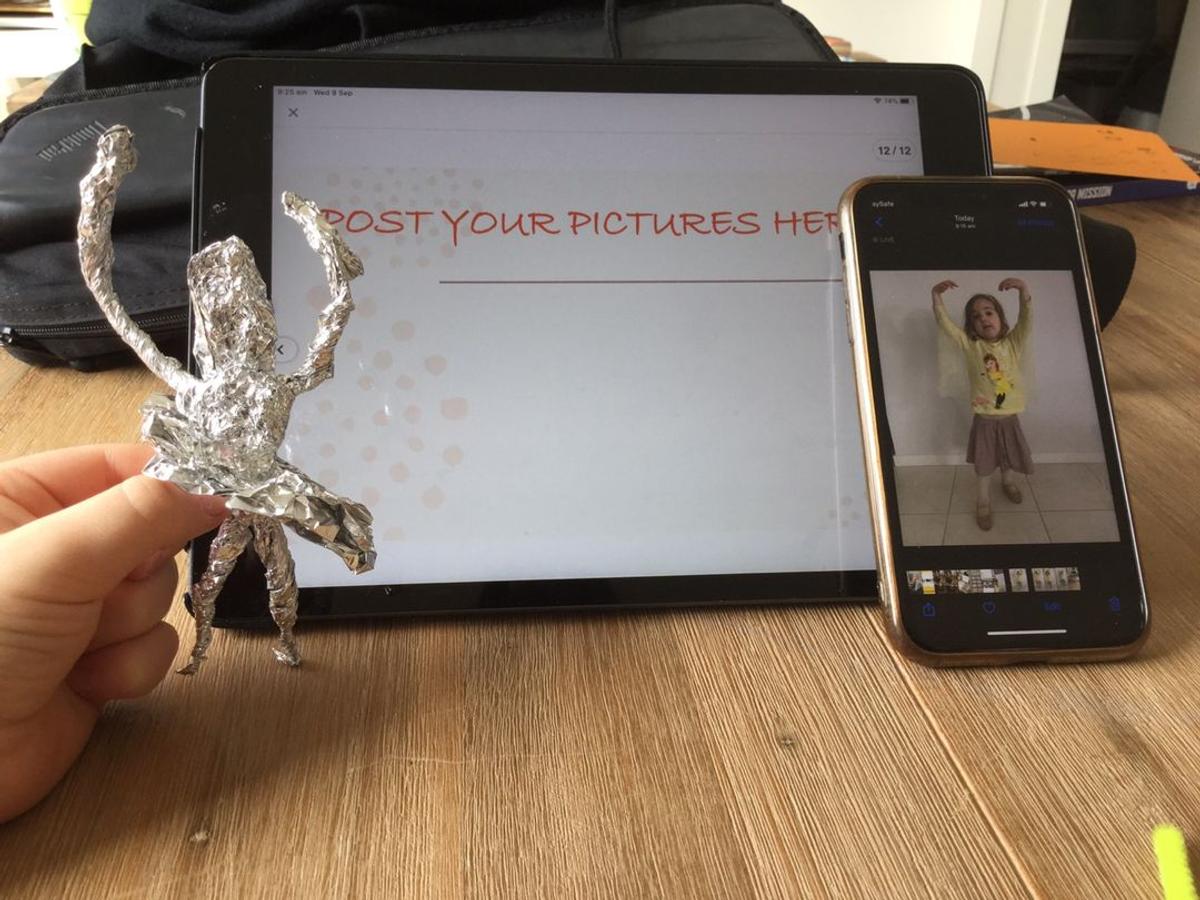
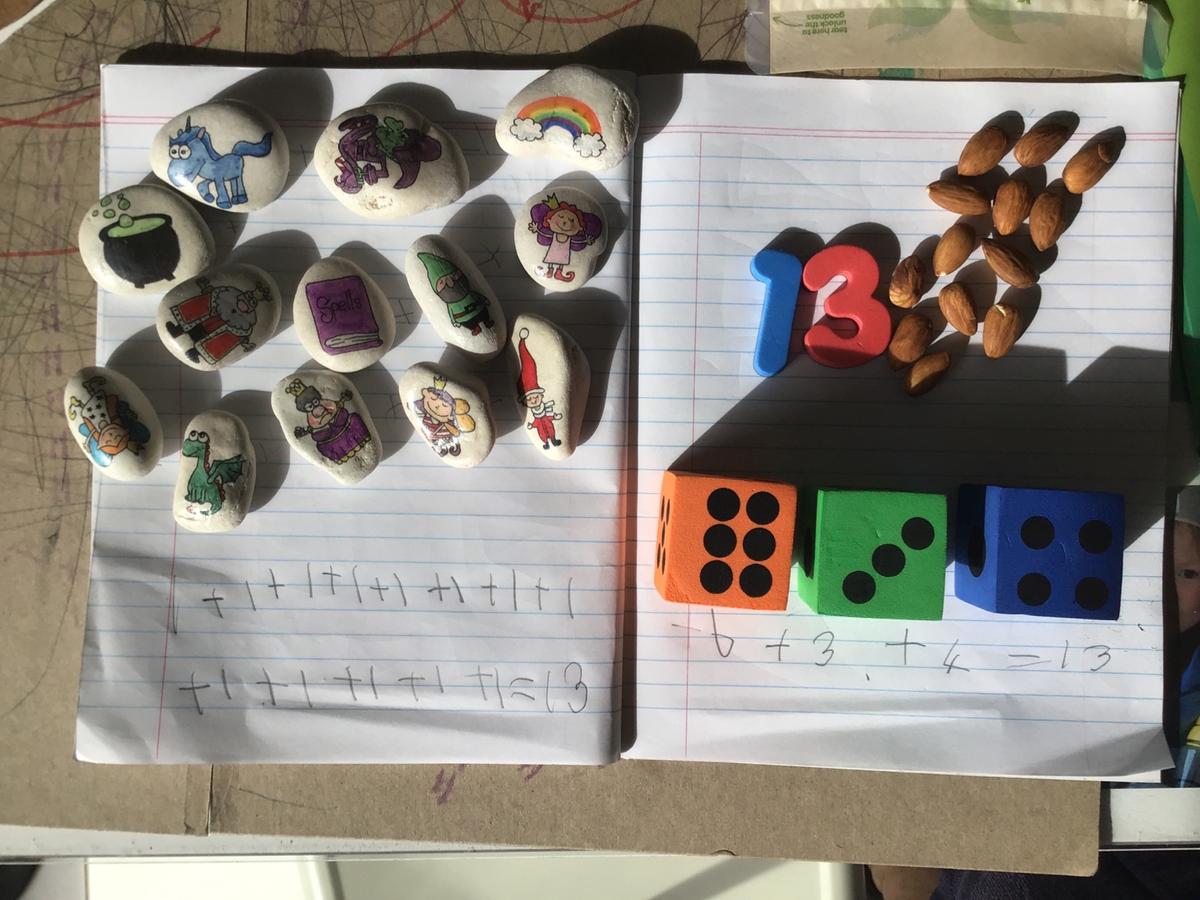
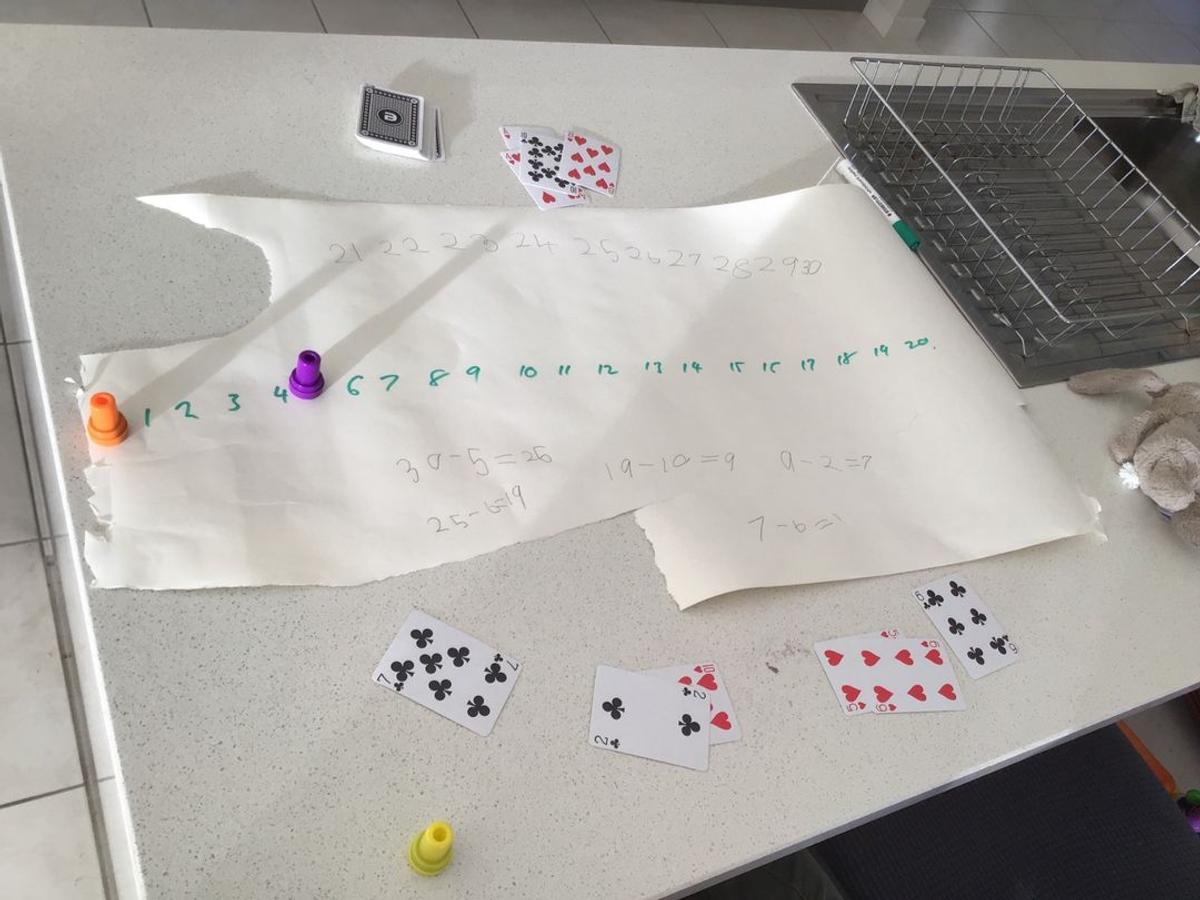

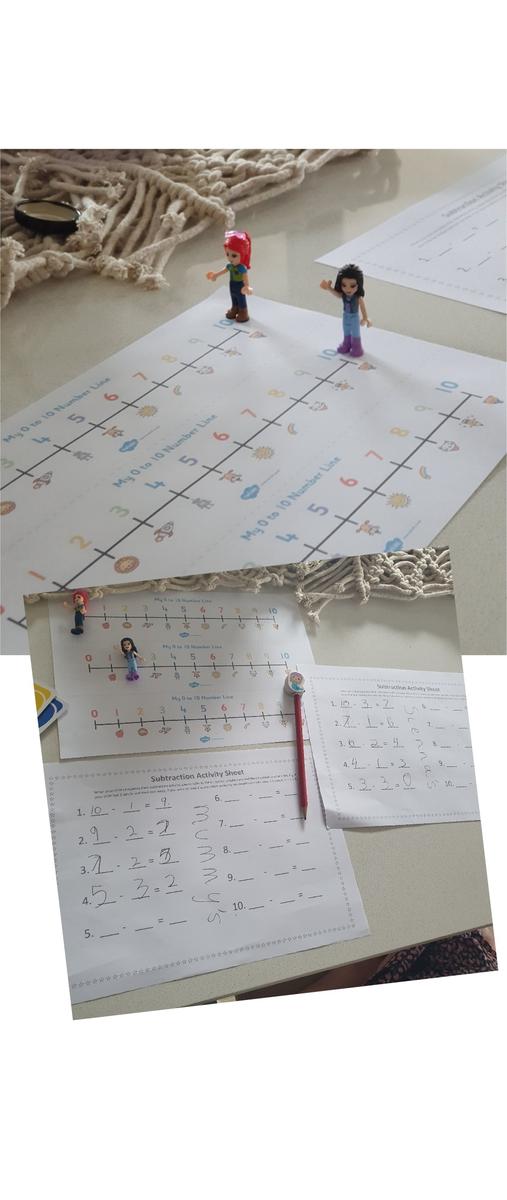













During Term 3 the Year 3 have concentrated on Persuasive Writing and developing our maths facts fluency through the playing of games.
Examples of our persuasive writing - these examples are paragraphs from the whole writing piece.
Everyone should learn to cook
I firmly believe that when you move out of your parents house you should know how to cook for yourself because your Mum or Dad won’t be there to do it for you. Also when you have children you need to know how to provide a healthy cooked meal for them. Nobody wants their kids to live on takeaway! Cody 3a
Firstly, packaged food is not good for you. Food that comes in packages and boxes are sealed shut. They have more sugar and salt in them then cooked food. In fact, sometimes you don’t even know what nasties you are eating. When you cook your own food you know exactly what you are eating because YOU have made it! Learning to cook means you know your food is healthy. Atlanta 3a
Finally, eating junk food would make your health drop. So learning to cook will stop that from happening. I will give you an example when you go to McDonalds the nuggets are deep fried deep, fried food is bad for you.
So start cooking now. Arizona 3b

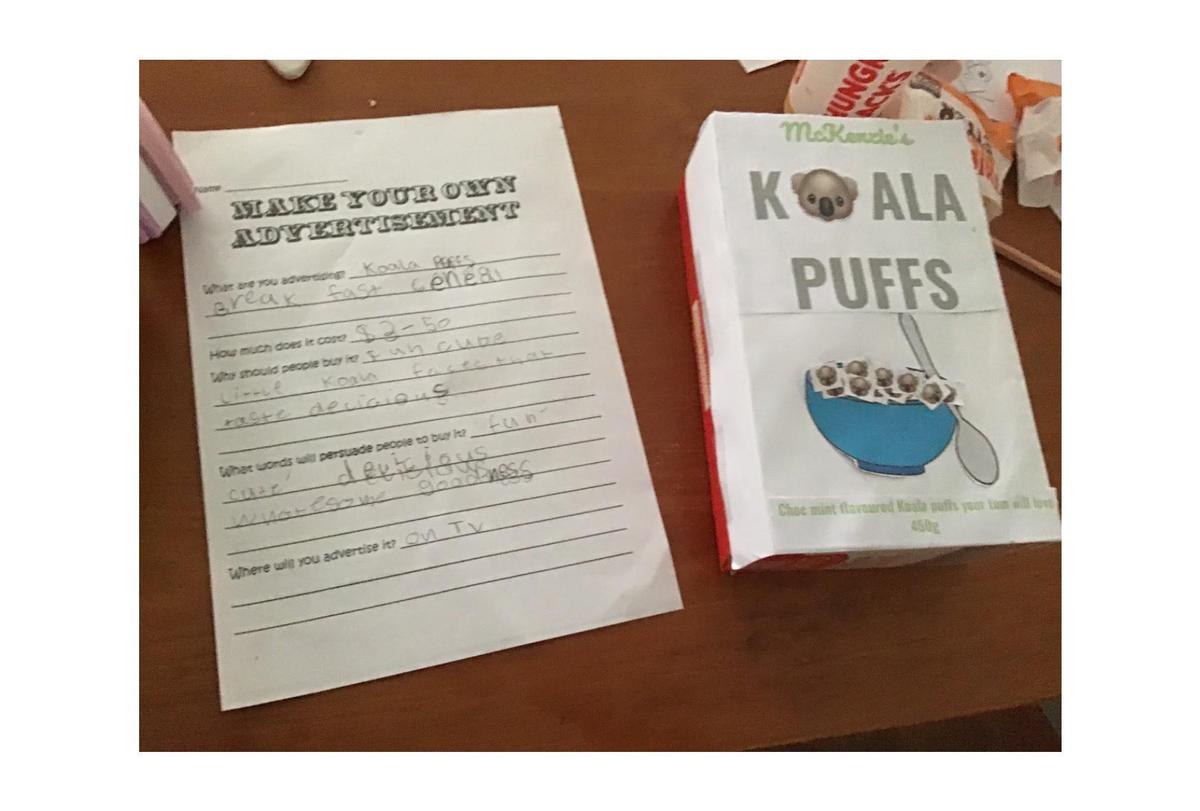
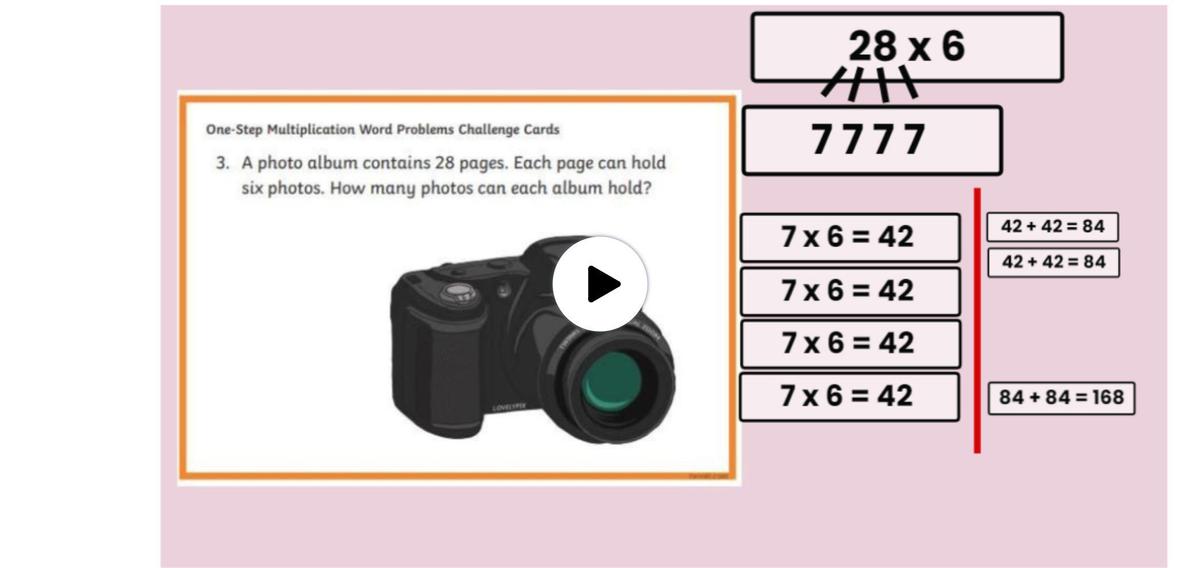
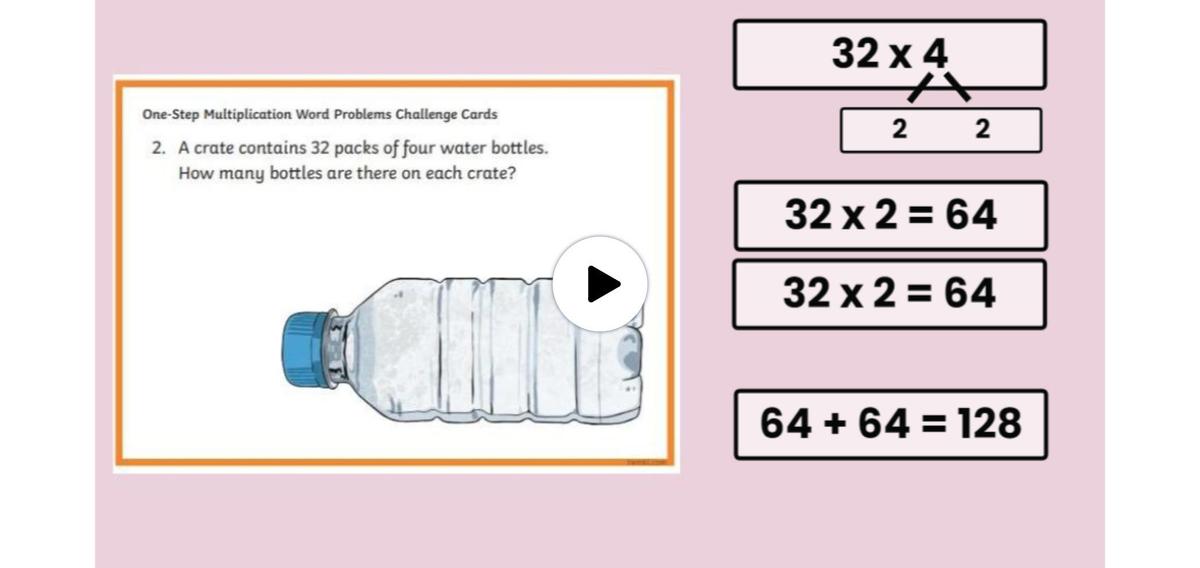
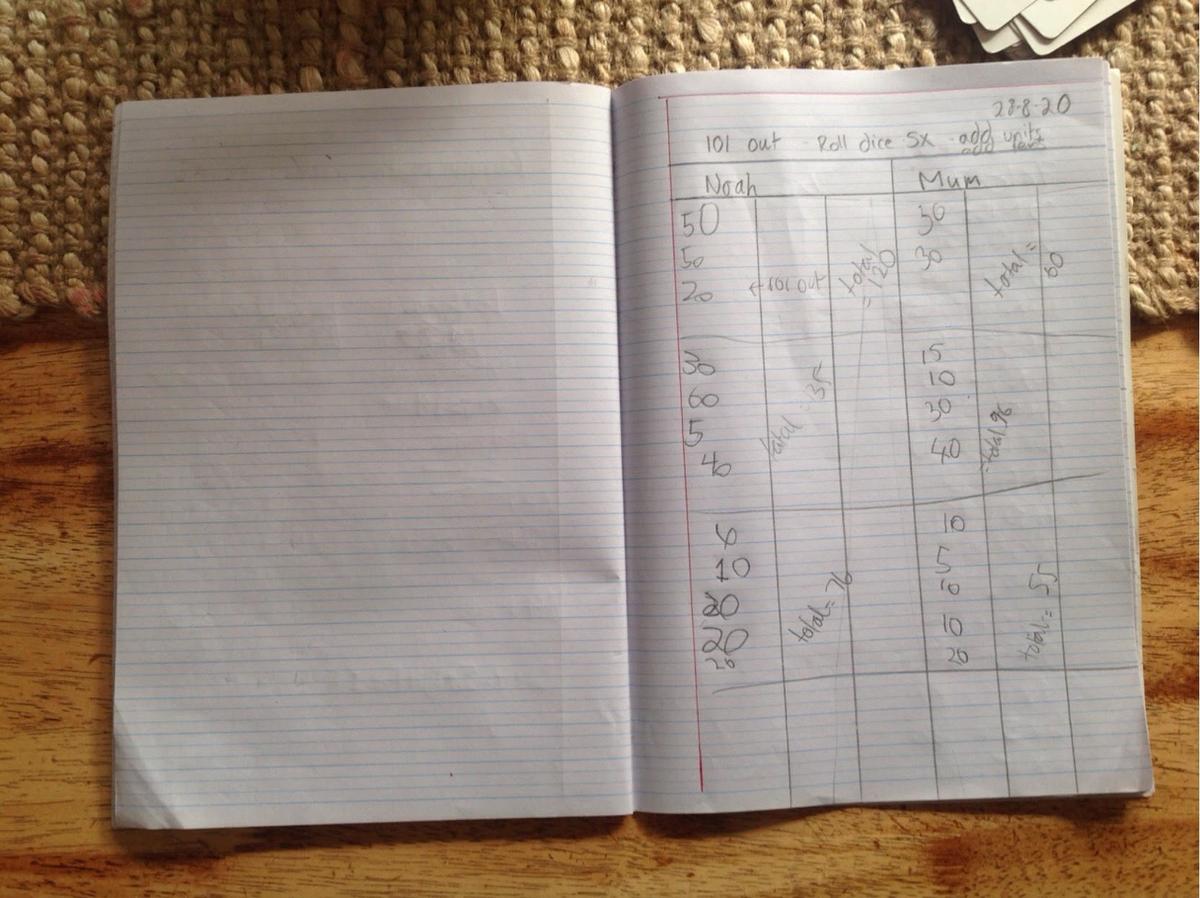



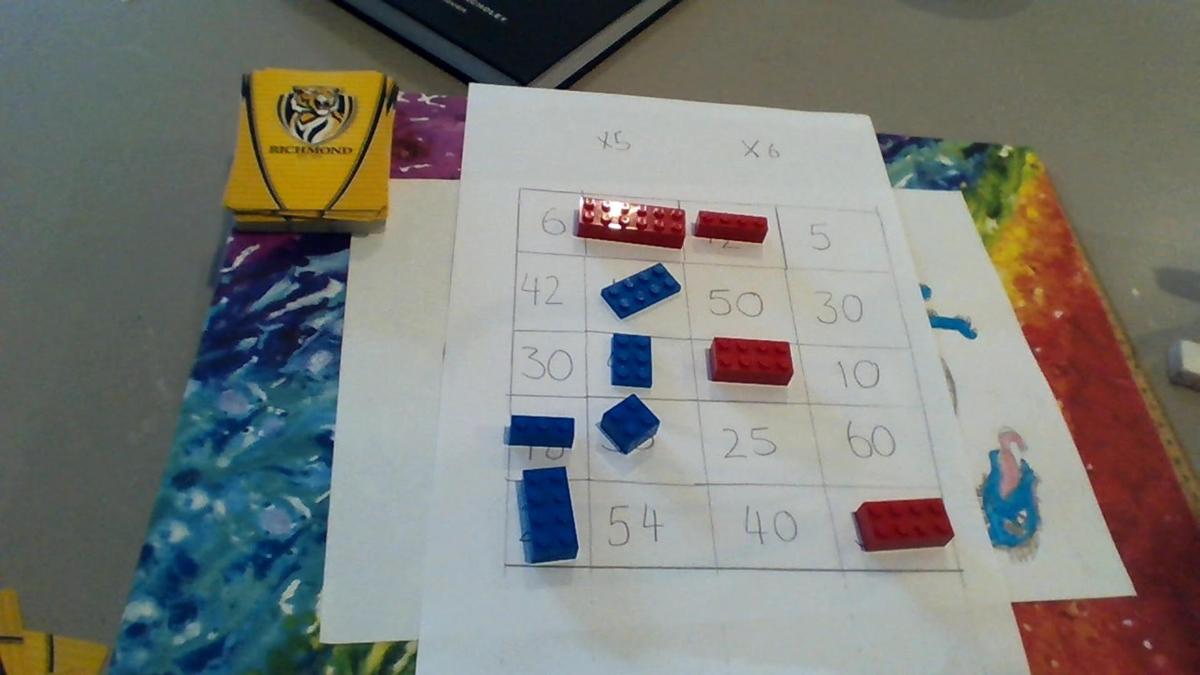
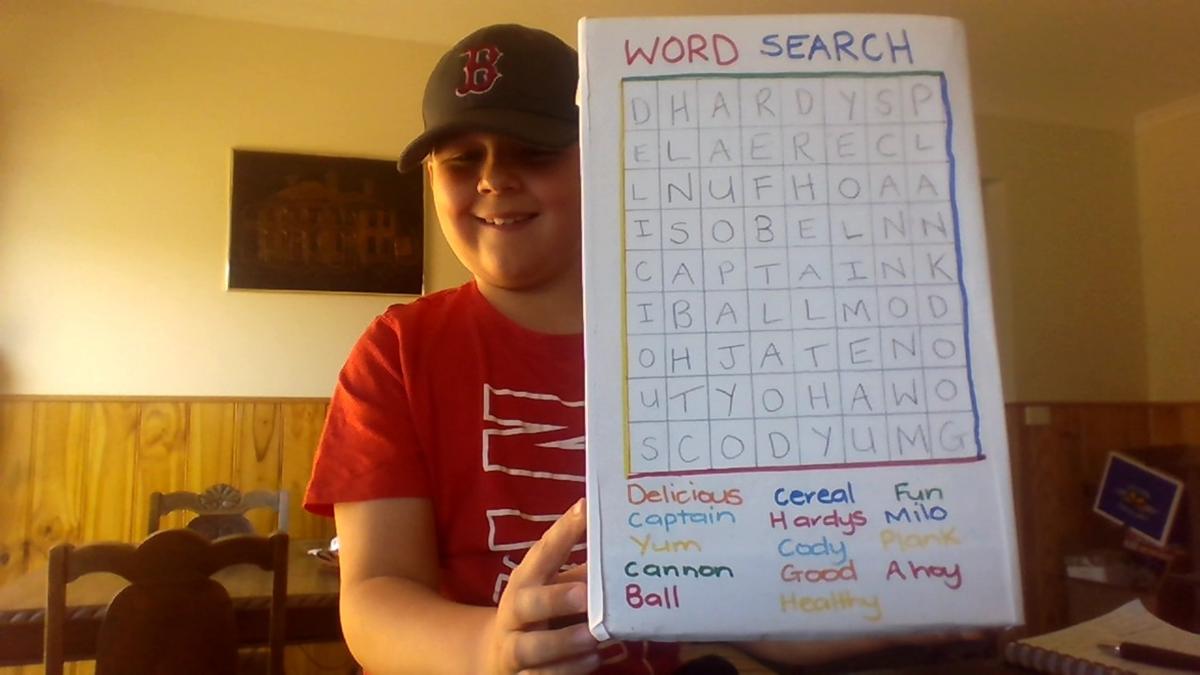










The winners of the Middle School joke competition are:
Year 2
Millie D YAY!!!!!!
Special mentions for great jokes and including family members. 2B Trinity 2A Libby
Year 4
4A Tyrone R and 4B Aiden S
Special mention for great jokes and use of effects go to ...
4A: Kya & Marlee 4B: Keirra & Annalise
Throughout the remote learning period, the staff have been participating in virtual Cooperative Learning professional development. We have been learning about fabulous new structures to share with our students when we return to normal school operations. These include:
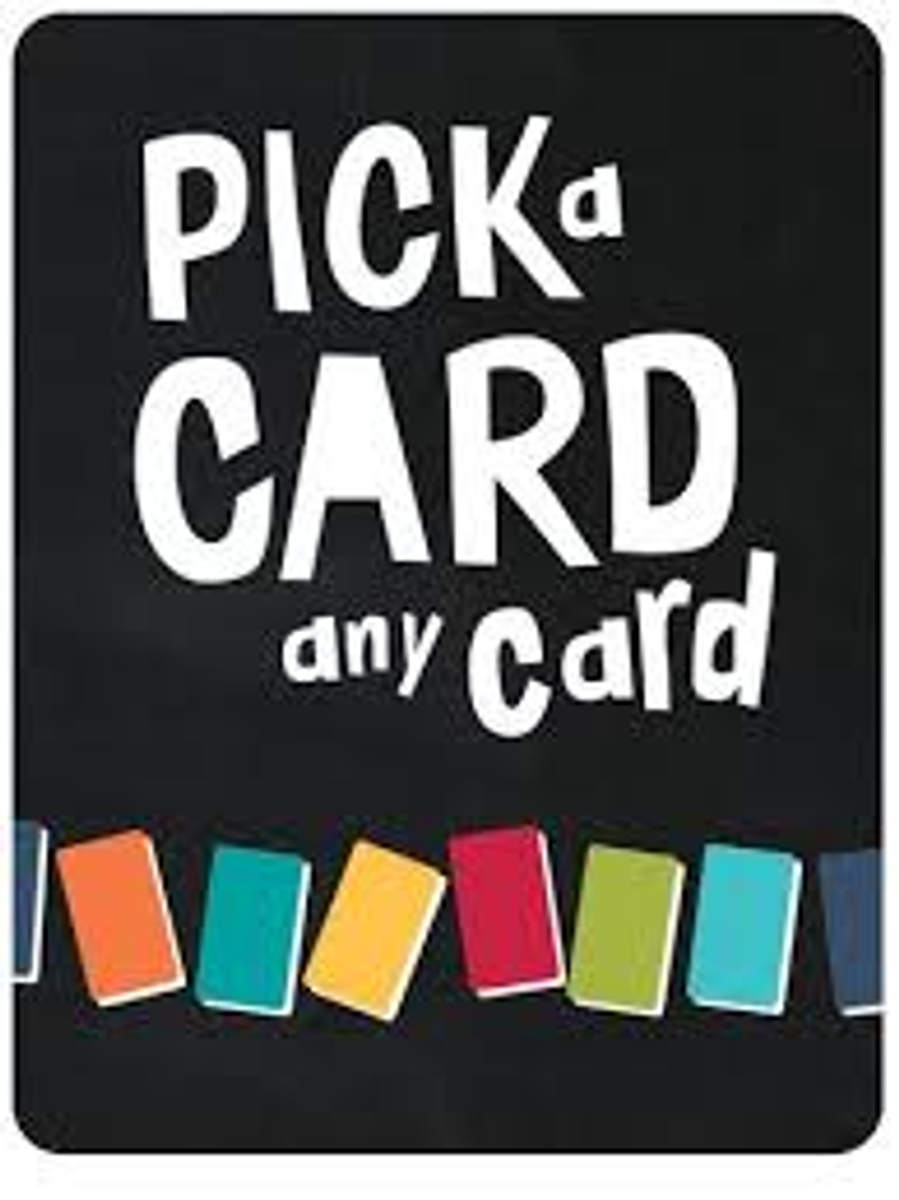

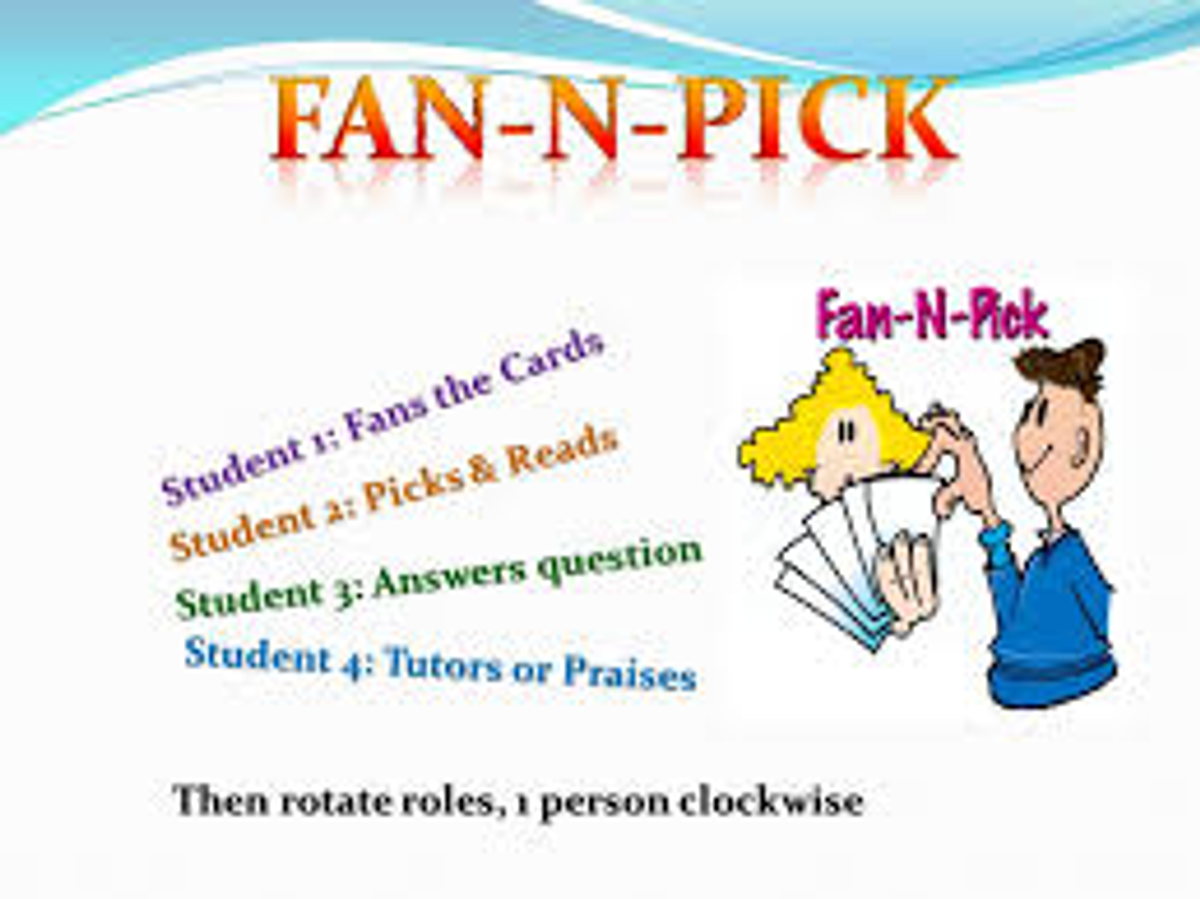

Pick a card, any card!
Students work in teams and ask each other questions to assist them with their learning.
This structure is great for getting to know your team or for practicing maths facts and comprehension skills.


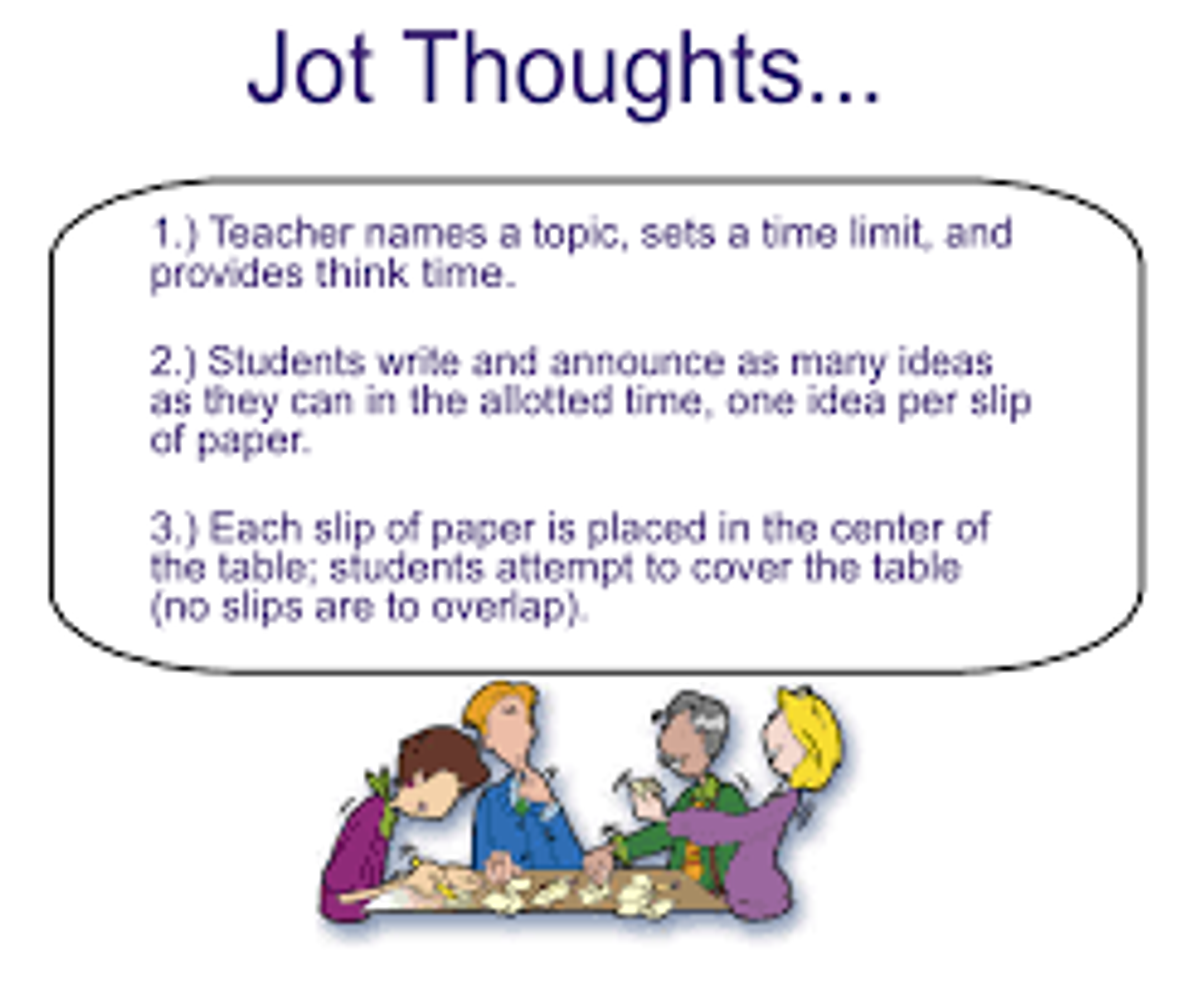

A great structure for recording your ideas when brainstorming.
This structure is great preparation before commencing a writing piece.
At the end of an activity, we always have a team cheer!
You could try some of these with your children when they have done a great job! They will most definitely bring a smile to all your faces!


Students need time to absorb new information, think about how it relates to what they know or are learning, and then come up with an appropriate response. Students typically provide higher-level, longer responses when given a brief wait time. This mental time also leads to higher engagement throughout the lesson because all students consider how they would respond to a question before the adult r someone gives a response. Time to think and process before answering is an important part of learning. It is hard but parents and teachers MUST not jump in to give answers.
What is the correct amount of wait time after posing a question?
Answer: three to five seconds.
This is a simple one, but wow does it make a difference. Using the correct amount of wait time will greatly improve the responses you get from your child (and everyone else!).
Most often, having asked a question, we might wait until we believe someone has thought about the question before expecting an answer. If you practice wait time you will notice that your child will give better answers. Giving your child more time to think means that there is less pressure on an immediate response.


First, let your child know that the question is important and you want them to think of a response.
Second, tell them that you are applying wait time to give them all time to consider a response and that you won’t accept any responses for between 3-5 seconds.
If your child can’t answer your question, rephrase it. This is very important. Don’t just ask the same question again, or louder. Rephrase the question, come at it from a different angle.
Even when you get the desired response, it is best to elicit more responses from your child. This shows that you value thoughtfulness rather than speedy responses.
Also, after your child provides an answer give them second wait time, allowing additional time to add to their initial thoughts.
So often we ask children questions and lose patience and answer them ourselves. Answering your own questions creates a negative expectation in your child that you already have an answer in mind.
This habit is easy to fall into and very difficult to undo. As soon as your child believes that you will answer your own questions they will sit back in their seat and let you do all the work.
Further reading on this topic https://theparentswebsite.com.au/five-tips-parents-support-learning-home/
Thanks for the hard work and dedication you have all shown. The CSPS community have shown that we are all in this together.
Karen Halket GO PIES!!!!

